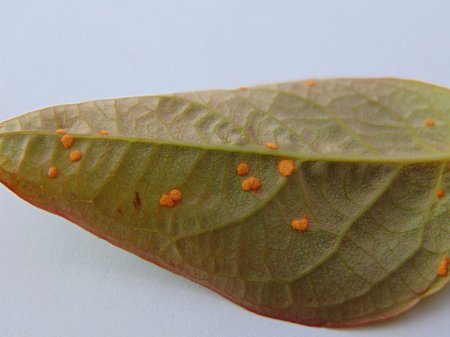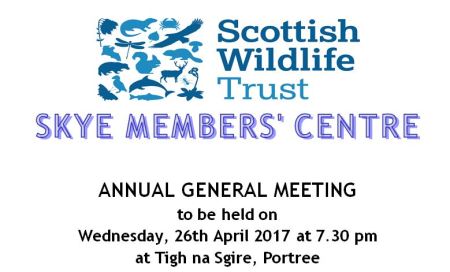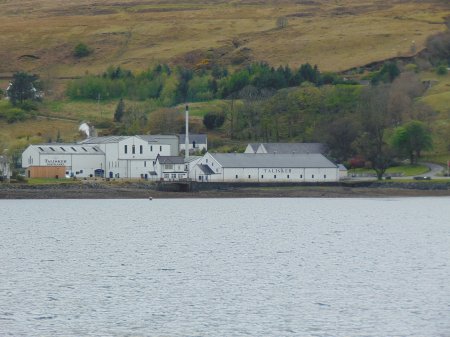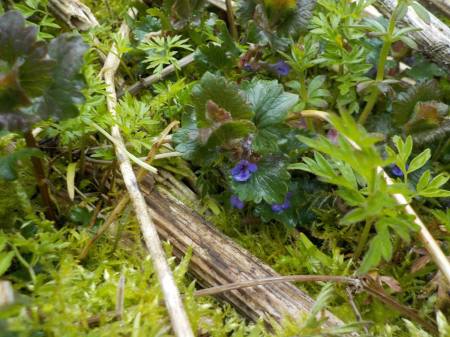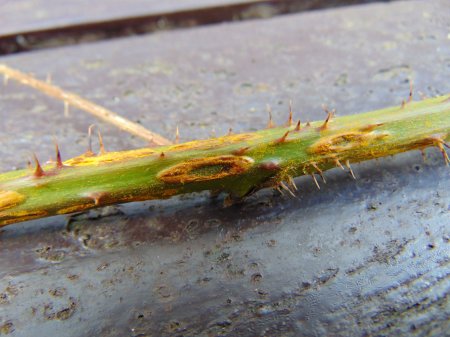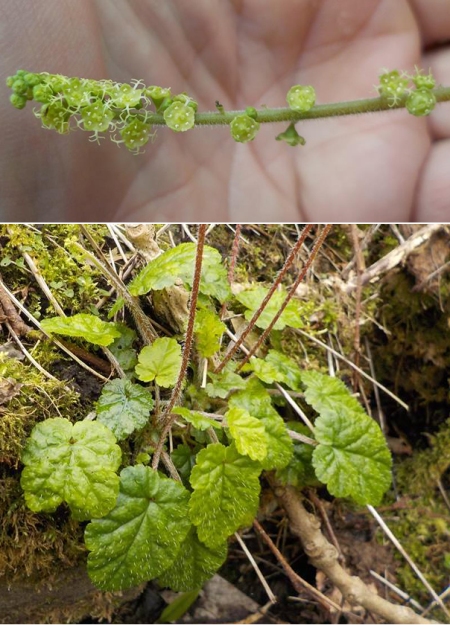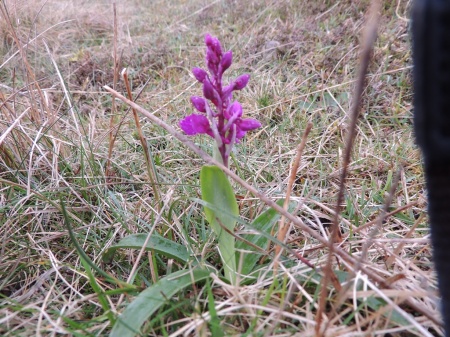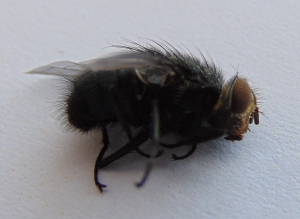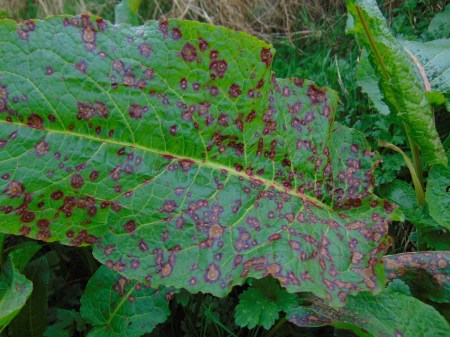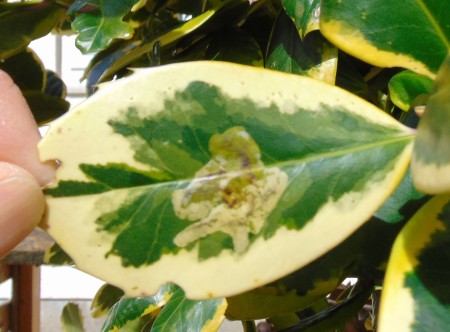Seth showed me his Mitella ovalis (Bishop’s-cap or Oval-leaved Mitrewort) in Uig Wood today. It is smaller than I had imagined from the earlier images and there are quite a few plants along a small watercourse.
Seth’s picture is better than any of mine so here it is:
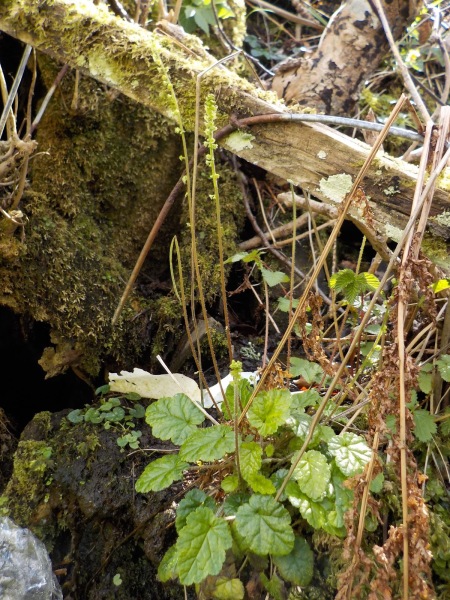
Mitella ovalis Photo: Seth Gibson
Note the absence of leaves from the flowering stems and the oval-shaped leaves.
The native range of this species is the Pacific coast of North America from British Columbia to California. Seed are available from at least one nursery in Scotland but presumably it has arrived in Uig Wood through the dumping of garden rubbish. We took a voucher specimen which will be deposited at RBGE.
I have asked for this species to be added to the MapMate and BSBI DDb taxon lists as this is a new species in the wild for the British Isles.
David Giblin, University of Washington Herbarium Collections Manager, who confirmed the identity of our plant, believes that the seeds have elaisomes (lipid- and protein-rich bodies that attract ants) and are dispersed by ants. We might look for elaisomes later in the year.
Seth showed me lots of his finds in his home monad – which added 52 taxa to the NG36W tetrad list – and he knows of more…..
Here is a link to his blog of our trip
